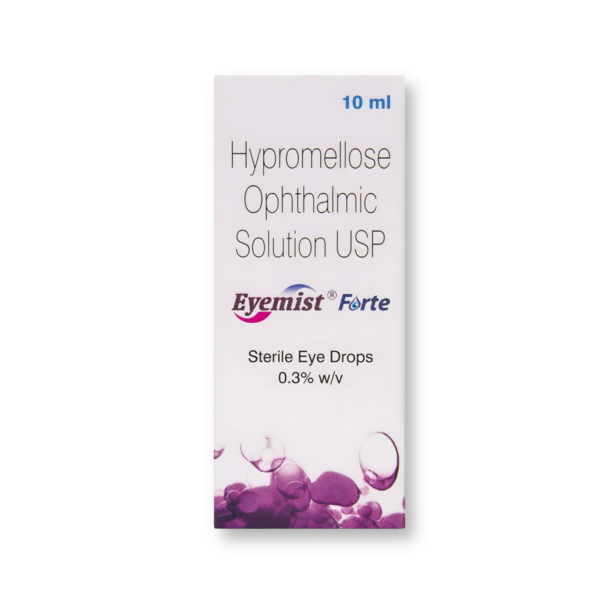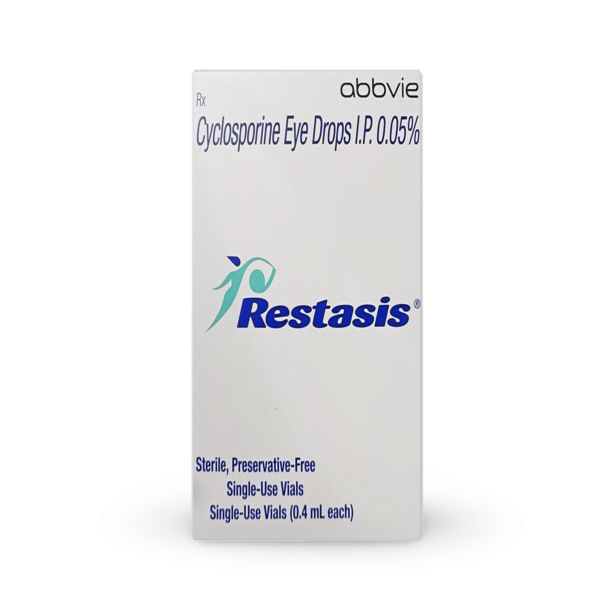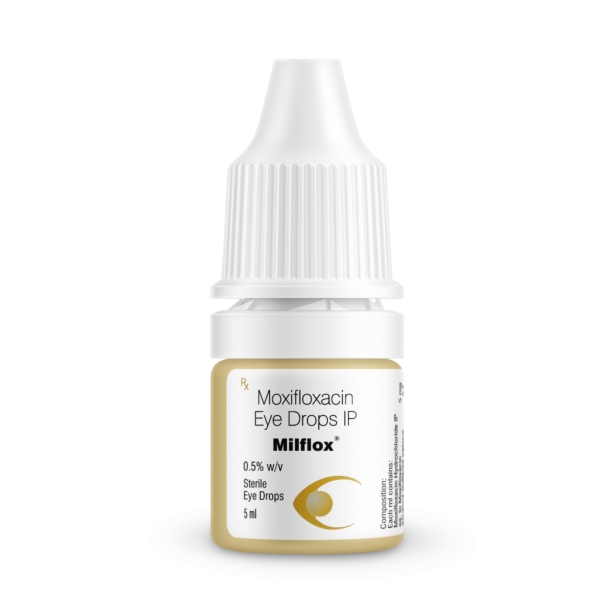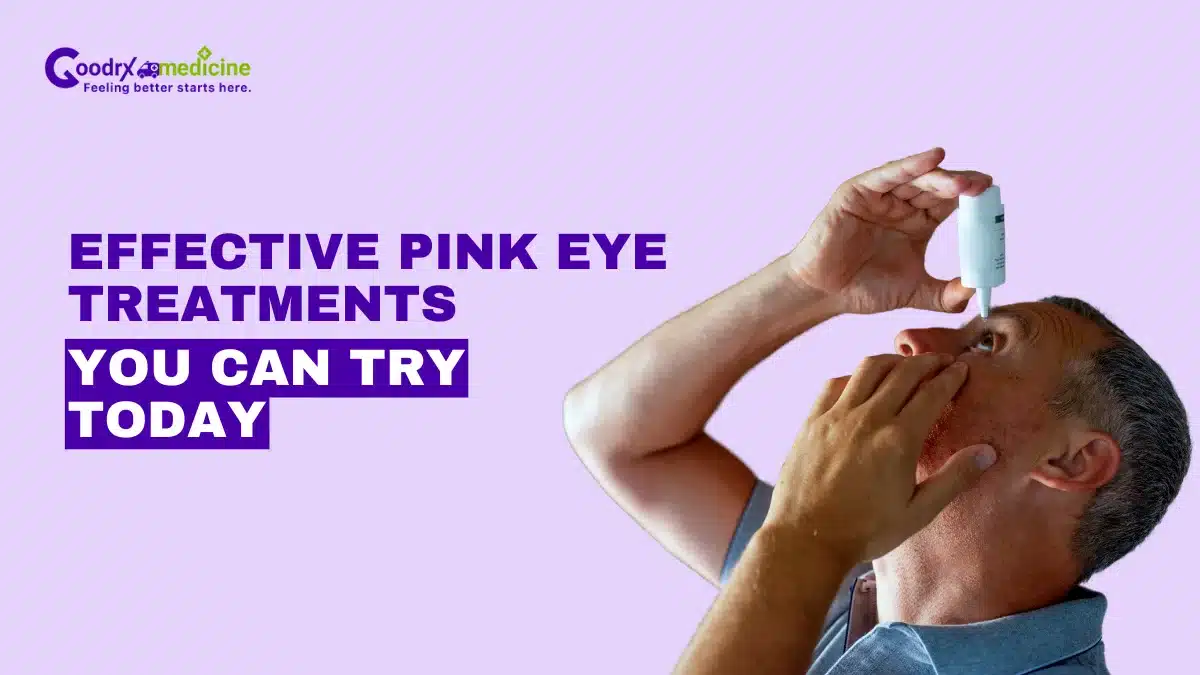Pink Eye, also known as Conjunctivitis, may appear harmless, but anybody who has had it knows how unpleasant, infectious, and uncomfortable it can be. Characterized by redness, itching, and a gritty sensation in the eyes, Conjunctivitis can be caused by viruses, bacteria, allergens, or even irritants like smoke or chlorine.
Pink Eye affects millions of people yearly and spreads rapidly, particularly in schools and workplaces. However, many people are unsure if they require antibiotics, eye drops, or just a cold compress. But most cases can be treated at home if you know what you’re dealing with.
In this article, we will discuss the various types of Pink Eye and the most effective Pink Eye treatments for quick, safe relief.
Effective Pink Eye treatments
Treatment for Pink Eye or Conjunctivitis mainly depends on the underlying cause; hence, each type has different treatment approaches. Let’s look at the various types of Pink Eye and their treatments in detail.
Save up to 90% on your medicine bills

Eyemist Forte 10 ml

Restasis 0.05% Ophthalmic Emulsion 0.4ml

Milflox 0.5% 5 ml

Pred Forte 10 ml
Viral Pink Eye treatment
Viral Pink Eye is the most prevalent form of Pink Eye, and it is caused by Adenoviruses, which are also responsible for the common cold. Viral Conjunctivitis often cures on its own within 1 or 2 weeks without the need for particular medical treatment. Antibiotics are not effective against viruses.
Management is supportive, focusing on symptom relief using artificial tears, cold compresses, and proper eye cleanliness. In rare and severe instances, such as those triggered by the Herpes simplex virus or the Varicella-zoster virus, a doctor may recommend antiviral medicine like Acyclovir.
Bacterial Pink Eye treatment
Bacterial Conjunctivitis is caused by bacteria, including Staphylococcus aureus, Streptococcus pneumoniae, and Haemophilus influenzae. While mild Bacterial Conjunctivitis can clear on its own in 2 to 5 days, antibiotics like Erythromycin and Ofloxacin are frequently administered to decrease the infection’s duration, reduce complications, and prevent transmission. Completing the whole course of antibiotics is essential for preventing recurrence.
Allergic Pink Eye treatment
Pollen, pet dander, dust mites, and some eye drops can all cause Allergic Pink Eye. The initial step is to identify and avoid the allergen. Additionally, Antihistamine eye drops, available over the counter or on prescription, can help prevent allergic reactions and relieve irritation. Mast cell stabilizer eye drops inhibit the release of Histamines and other inflammatory compounds.
Oral medicines such as Loratadine or Diphenhydramine may be prescribed for more severe allergy symptoms. Artificial tears and warm compresses might offer further comfort.
Irritant Pink Eye
This form of Pink Eye is caused by exposure to irritants such as smoke, chemicals, chlorine, or foreign objects.
Symptoms
Symptoms of Pink Eye caused by irritants include redness, a burning feeling, excessive tearing, and possibly mucus discharge.
Treatment
Washing your eyes with clean water and avoiding further exposure to the irritant is typically sufficient for relief. Symptoms usually resolve as the irritant is removed. However, lubricating eye drops can help relieve inflammation.
At-home pink eye treatments and precautions
Regardless of the type, the following at-home remedies and self-care measures can help ease symptoms of Pink Eye and prevent the spread:
- Avoid touching or rubbing your eyes, which may worsen the discomfort and spread the infection.
- Wash your hands often and thoroughly with soap and water, especially after touching your eyes or using eye drops.
- Apply clean, warm, or cold compresses as suggested for your particular form of Pink Eye.
- Discard the disposable lenses and their cases. Thoroughly clean and disinfect non-disposable lenses or their cases before reusing them. Do not wear contact lenses again until your eyes are completely healed.
- Discard any eye makeup applied during or just before the infection. Don’t share eye makeup.
- If using over-the-counter Pink Eye medicines, do not let the tip touch your eye, and discard the bottle after the infection clears to prevent re-infection.
- Pillowcases, bed linens, towels, and washcloths should be cleaned with hot water and detergent daily until the infection has cleared up. Avoid sharing these products with others.
- If you are suffering from viral or Bacterial Pink Eye, stay home from school or work to avoid spreading the infection, especially if there is a lot of discharge.
When to seek medical help?
While many cases of Pink Eye are minor and resolve on their own, it’s essential to seek medical assistance if you experience:
- Eye discomfort or extreme redness
- Light sensitivity (Photophobia)
- Blurred eyesight or visual changes
- Symptoms do not improve after a few days of home treatment
- Symptoms of a significant illness, such as fever, body pain, and facial pain
- If the green or yellow discharge continues after treatment
A doctor can precisely identify the type of Pink Eye and suggest the most appropriate treatment to ensure proper healing and prevent complications.
Conclusion
Pink Eye or Conjunctivitis, while usually mild, may be painful and infectious, particularly in viral and bacterial types. Timely and appropriate treatment, depending on the exact cause, whether viral, bacterial, allergic, or irritant, is essential for treating symptoms and preventing spread or consequences.
While viral and Irritant Conjunctivitis are usually treated with supportive care, bacterial and allergic infections require antibiotics and allergic antihistamines, respectively. Maintaining proper hygiene, such as frequent handwashing, avoiding eye rubbing, and not sharing personal objects, is essential for recovery and prevention.
Most cases resolve within a week or two, but persistent or severe symptoms should be examined by a doctor to identify more serious conditions. Early detection and Pink Eye treatment ensure faster recovery, less discomfort, and a reduced chance of infecting others.

Frequently Asked Questions
How long is Pink Eye contagious after treatment?
If caused by bacteria, Pink Eye is usually contagious for 24 to 48 hours after starting treatment. Viral Pink Eye can remain infectious for 7–10 days or until symptoms fully resolve. Allergic Pink Eye is not infectious.
Can Pink Eye come back after treatment?
Yes, Conjunctivitis can return after treatment, mainly if the underlying causes, such as allergens, viruses, or poor hygiene, are not addressed on time. Reinfection is possible if contaminated items or contact lenses are reused without proper cleaning.
Can I use rosewater or herbal therapies to treat Conjunctivitis?
No. While rose water can help relieve discomfort, it is not a cure. Herbal remedies lack scientific support and may introduce bacteria. Before attempting home remedies, use only sterile, authorized eye drops or visit an eye doctor.
Is it safe to use sunglasses during Pink Eye?
Yes, sunglasses can help lower light sensitivity and protect your eyes from allergens. However, do not share and clean them regularly to avoid contamination or worsening of the condition.
Can Pink Eye cause irreversible harm if not treated?
Yes. Most Pink Eye infections are harmless, but untreated bacterial or Viral Conjunctivitis, particularly if severe, can cause corneal inflammation and visual issues. Always contact a doctor if your symptoms worsen or last over a week.
When referencing outside resources, GoodrxMedicine always provides full citations. To learn more about the measures we use to maintain the quality of our content, please review our Content Information Policy.











